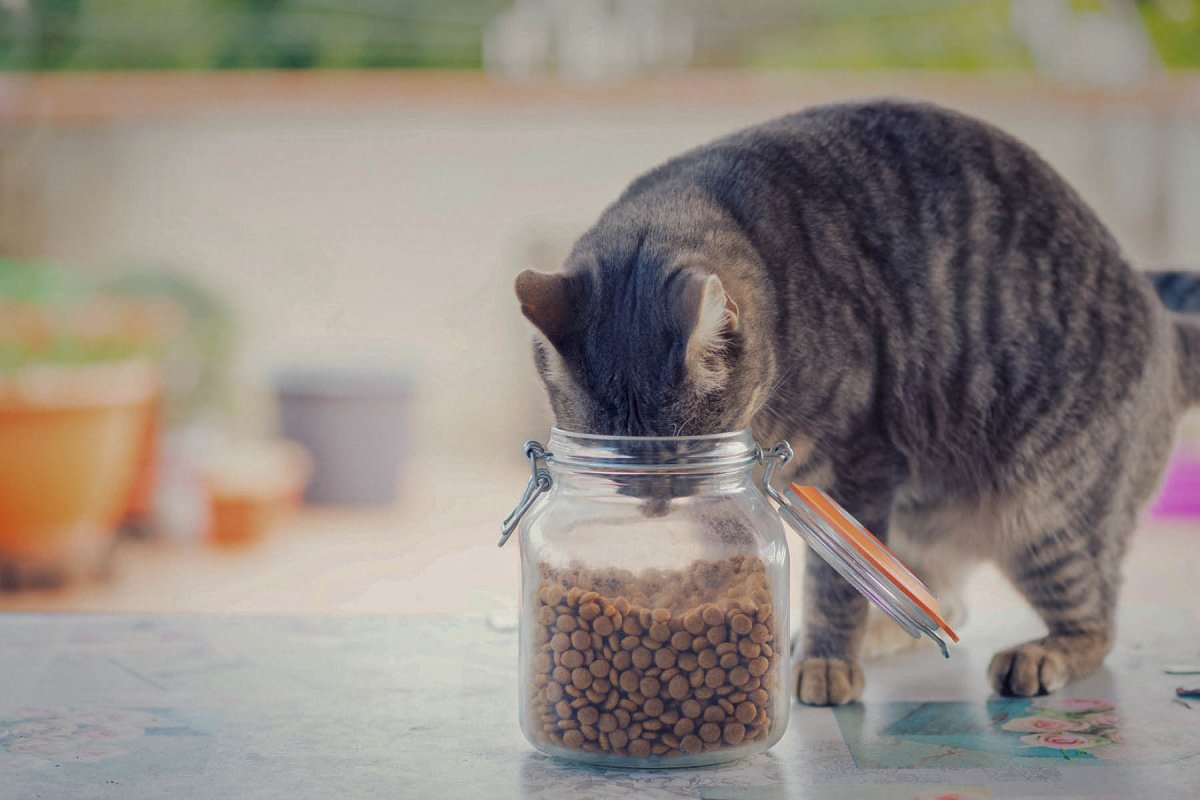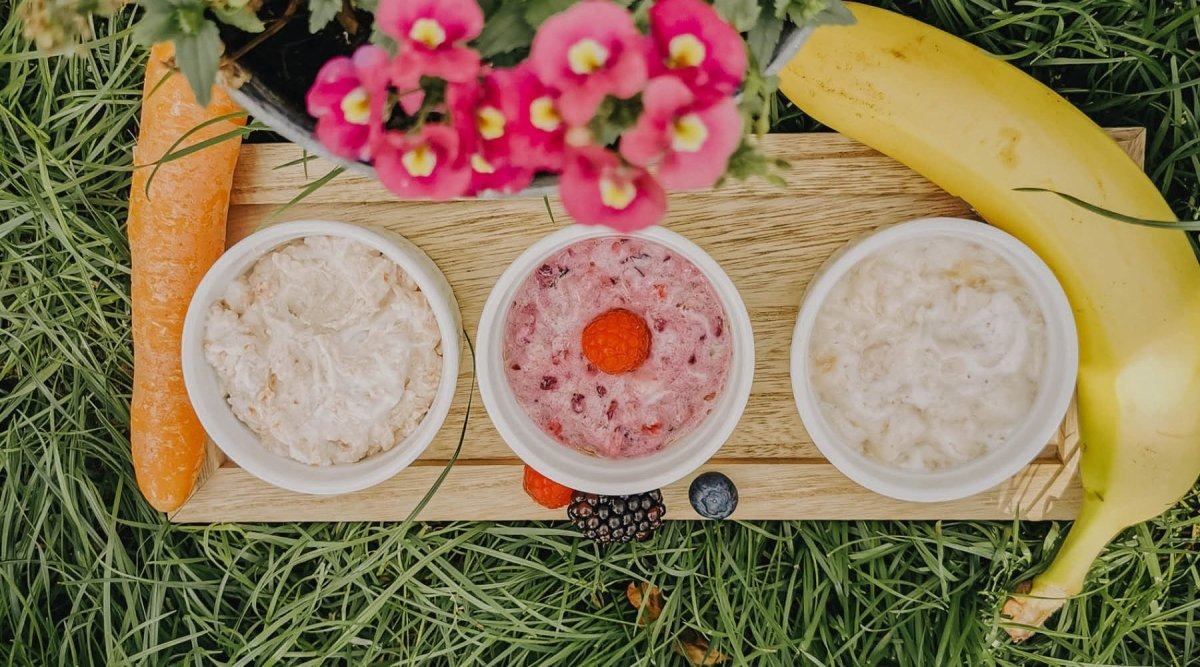Has your pet been injured or had an operation? Subsequent animal physiotherapy could help. But what exactly do the sessions involve for your pet? Animal physiotherapist Vanessa Krickhahn tells us today what methods are used to increase your pet's mobility and performance.
What is physiotherapy?
The word physiotherapy is derived from:
"Physis" - the real, the tangible, the natural
Natural = physio
Disease treatment - therapy
In many countries such as England, France, the Netherlands and America, animal physiotherapy is already part of the standard treatment after operations. However, animals used in sport can also benefit from therapy. It is both an alternative and a sensible addition to drug and surgical treatment of illnesses. The core of physiotherapy consists of movement therapy and physiotherapy.
Physiotherapeutic goals
Pain inevitably leads to tension and a relieving posture, which can lead to further pain in other areas of the body. Once you are in such a vicious circle, it is important to break it. The aim of physiotherapy is therefore to achieve rapid pain relief. Joint stabilization, blood circulation stimulation and muscle relaxation and development with the accompanying increase in mobility and performance in the form of improved endurance and fitness are the way to achieve this. Wellness treatments are also included.
This leads to an improvement in the quality of life and an increase in your four-legged friend's enjoyment of exercise!
When does your pet need physiotherapy?
There are a few signs that owners can easily recognize. However, you see your pet every day and the changes in chronic pain patients are usually gradual and therefore difficult for owners to recognize.
Your powers of observation are required here!
Possible changes are
Behavioral changes:
- Inactivity, no longer likes to play, not even with other dogs (also aggressiveness)
- Avoids the owner's touch (also e.g. when brushing/grooming)
- Frequent "re-bedding" and restlessness/frequent switching from one leg to the other
- Increased search for warm and cold places to lie down
- Signs of possible pain/discomfort (yawning, licking, smacking)
- Intensive licking and gnawing of body parts
- Horse puts its ears back when girthing or saddling
In motion:
- Sluggish standing up or lying down
- Awkward posture such as arched back and tucked up belly
- Crooked posture of head and tail
- Head held low or head nodding while moving
- Claws/hooves drag on the ground, limbs are not lifted properly
- Walking at an angle (i.e. front and hind limbs are not "in one track")
- Horses and dogs can maintain a gait and become faster and faster
- Visible lameness
- Yelping during certain movements
- Horses twist their necks or jump into a cross gallop
Animal physiotherapy is already being used successfully in the following areas:
- for regeneration and rehabilitation after operations
- to maintain and/or improve movement in old or movement-restricted animals
- against congenital deformities of the musculoskeletal system and poor posture
- for the treatment of diseases/damaged nervous systems
- for degenerative diseases of the joints and spine
- for back problems such as spondylosis, calcified and herniated discs
- for diseases of the muscles, ligaments and tendons
- for muscle atrophy/tension
- for gait training/coordination
- for balance disorders
- for edema (swelling/water retention)
- for lameness
- for chronic pain problems, pain reduction
- for condition building/strength training for sports animals
- for overweight
- for age-related problems (young animals and seniors)
- for prevention/prevention and wellness
The role of nutrition in physiotherapy
Your animal's weight and nutrition play a similarly important role in animal physiotherapy as they do in human training. For example, overweight dogs, cats or horses have significantly more problems with their musculoskeletal system than animals of normal weight, as the strain on the joints and bones is greater. A first step in preventing impairments is therefore to pay attention to your pet's diet. If you are unsure whether you are feeding your pet correctly, you can take advantage of a nutritional consultation.
For a good first step, we recommend natural food supplements that have a supportive effect on the joints and bones. Green-lipped mussel capsules or the most popular green-lipped mussel powder have proven to be effective for joint problems and can have a positive effect on the animal's gait function.
The different techniques of animal physiotherapy
Every physical problem requires a different approach. As an animal physiotherapist, I discuss the possible treatment techniques with the pet owner beforehand. The following options are available to get your pet fit again:
1. physiotherapy and manual therapies
Physiotherapy is used to mobilize, stretch, relax and increase muscle strength, endurance and speed. It also includes gait and balance training as well as posture training and coordination. A distinction is made here between passive and active exercise. Passive movement is when external forces, such as the therapist, cause a limb to move. This is also known as passive movement. If the patient performs a movement independently (= actively), as with any self-performed movement, then we are talking about active movement.
2. massages
Massage is one of the oldest forms of therapy. The word "massage" is derived from the Greek word "massein" and means "to knead". Massages have a positive effect on
- the venous-lymphatic system
- the blood circulation
- the musculature
- the psyche
Unfortunately, there is currently a tendency towards self-help: In just a few workshop days, pet owners are supposed to quickly learn a few grips to be able to massage their pet themselves, which is no problem for simple applications and can contribute to the animal's well-being. However, when it comes to advanced techniques, the users are unable to "feel" into the tissue, too much pressure is applied to the potentially painful problem areas and the desired effect is not achieved. At worst, this well-intentioned self-help leads to severe discomfort in the animal and makes subsequent therapeutic measures more difficult.
3. individual additional measures
Further therapeutic measures can be added depending on the individual medical history:
- Thermotherapy (heat and cold)
- Electrotherapy (electricity)
- Swimming therapy/hydrotherapy (water)
- Muscle tapping
- etc.
Animal physiotherapy does not end at the practice door
In order to achieve a good therapeutic outcome, homework is particularly important. Animal owners carry this out at home in consultation with the therapist. For example, obstacle courses with poles and cavaletti can be used as exercises for horses. To reinforce transitions in your dog's movements, you can practise sit/down, down/stand and vice versa with him. It is important that the exercises are always carried out correctly, in a controlled manner and not too quickly. You should discuss what is best for you with your trusted therapist, as good prevention work always makes sense.
Controlled walks with your dog's owner are just as important. This allows the learned movement sequences to be further trained and developed. Possible challenges for your pet include running uphill or downhill, running in the sand, backing up and running.
It is hard to imagine veterinary medicine without animal physiotherapy. With the right therapist, your animal has the chance to maintain its freedom of movement even after an operation, in old age or with certain restrictions.



